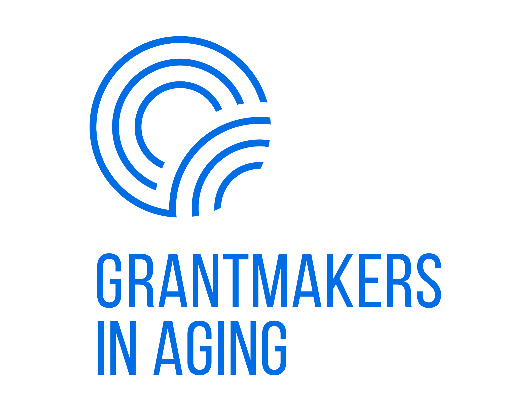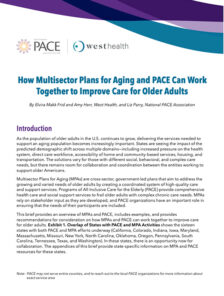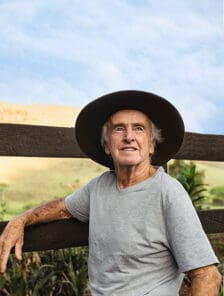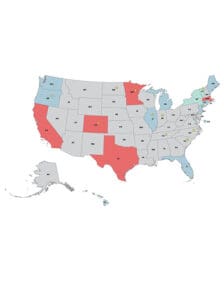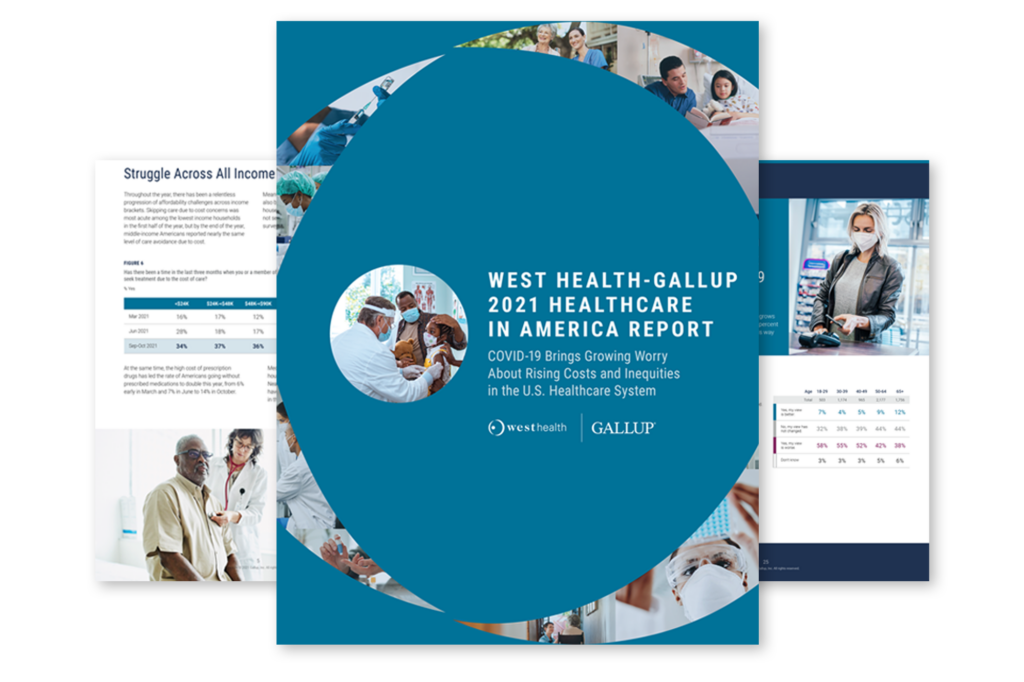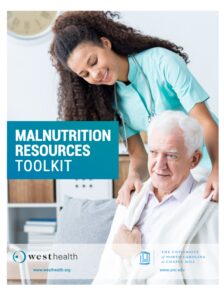Master Plan for Aging

California’s Master Plan for Aging (MPA) makes the health and well being of older Californians and people with disabilities a major priority. It provides a 10-year blueprint for state and local government, philanthropy, private sector nonprofits, and other stakeholders to guide the state in addressing the rapid rise in its aging population.
Create millions of new housing options that are age, disability, and dementia-friendly and climate and disaster-ready.
Ensure all Californians have access to healthcare and other services that increase life expectancy, increase quality of life, and close equity gaps.
Increase life satisfaction by providing opportunities that are free from isolation, discrimination, abuse, neglect, and exploitation.
Create one million new caregiving jobs to better support older Californians and their families throughout the aging process.
Close equity gaps in aging and increase economic security for older adults.
Every State Needs a Multisector Plan for Aging
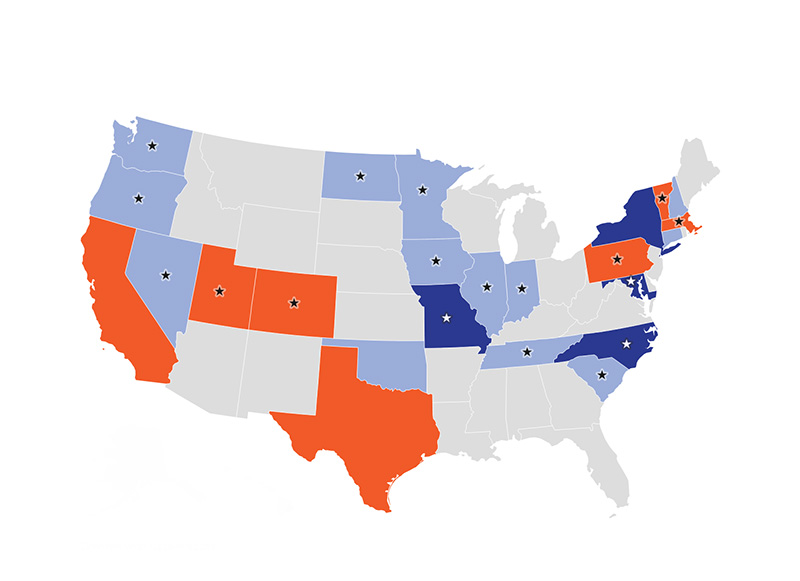
We’re collaborating with The SCAN Foundation and May and Stanley Smith Charitable Trust to help 20 more develop or further advance plans through the Multisector Plan for Aging Learning Collaborative, led by The Center for Health Care Strategies (CHCS). The collaborative is already supporting states including Connecticut, Iowa, Maryland, Massachusetts, Missouri, Nevada, New Hampshire, Pennsylvania, Utah, and Washington State who are working on their own Multisector Plans for Aging. These plans may be referred to by different names—e.g., Master Plan for Aging, Action Plan on Aging Well, Strategic Action Plan on Aging, but no matter what it’s called—the Multisector Plan for Aging movement is beginning to sweep the country!
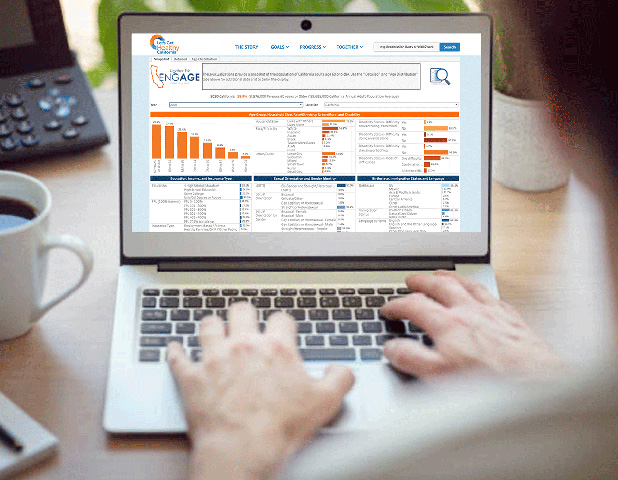
Enabling Data-driven Transparency and Accountability

Healthcare for Life
